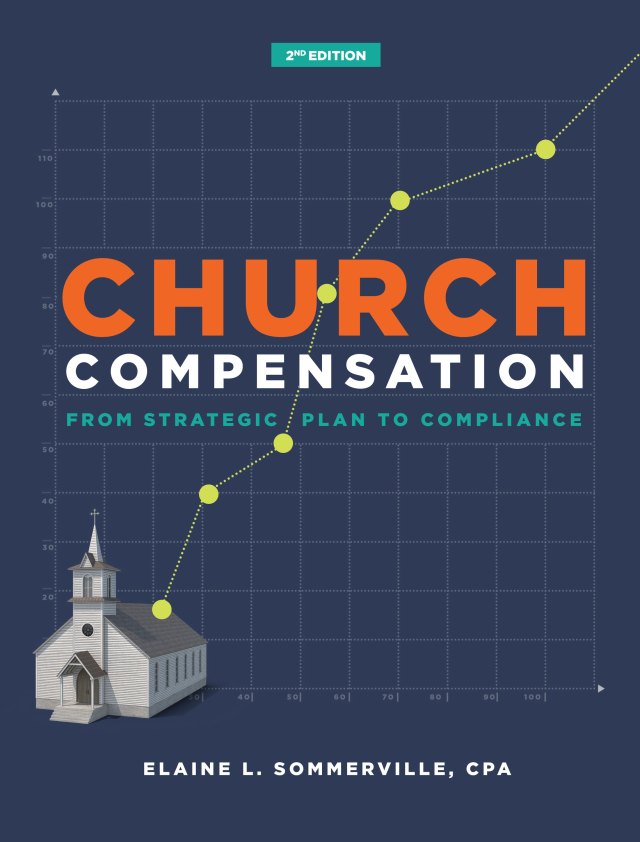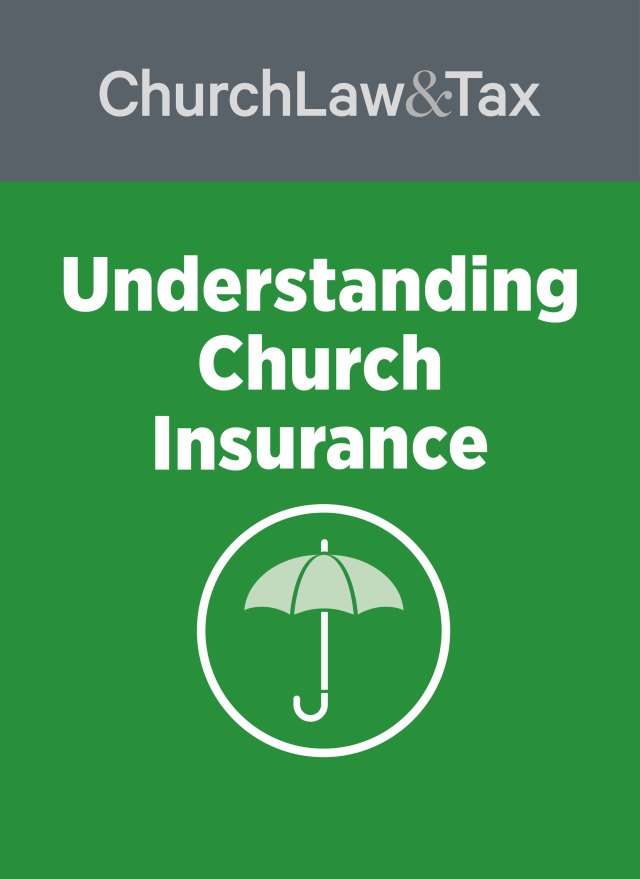The Affordable Care Act doesn’t require employers to provide health insurance for their employees. Instead, it places the responsibility to obtain coverage on individuals and makes them subject to a penalty for noncompliance. However, an “applicable large employer” that does not offer coverage for all of its full-time employees, offers minimum essential coverage that is unaffordable, or offers minimum essential coverage that consists of a plan under which the plan’s share of the total allowed cost of benefits is less than 60 percent, is required to pay a penalty if any full-time employee is certified to the employer as having purchased health insurance through a state exchange with respect to which a tax credit or cost-sharing reduction is allowed or paid to the employee.
The penalty is an excise tax that is imposed for each employee who receives a premium tax credit or cost-sharing reduction for health insurance purchased through a state exchange. For each full-time employee receiving a premium tax credit or cost-sharing subsidy through a state exchange for any month, the employer is required to pay an amount equal to one-twelfth of $3,000. The penalty for each employer for any month is capped at an amount equal to the number of full-time employees during the month (regardless of how many employees are receiving a premium tax credit or cost-sharing reduction) in excess of 30 (80 for 2015 only) multiplied by one-twelfth of $2,000.
For calendar years after 2014, the $3,000 and $2,000 dollar amounts are adjusted for inflation.
The U.S. Department of Health and Human Services (HHS) issued 227 pages of regulations in 2014 that provide the following changes and clarifications, “to ensure a gradual phase-in and assist the employers to whom the policy does apply.” HHS regulations provide, for 2015, that:
1. The employer responsibility provision will generally apply to larger employers with 100 or more full-time employees starting in 2015 and employers with 50-99 full-time employees starting in 2016.
2. To avoid a payment for failing to offer health coverage, employers need to offer coverage to 70 percent of their full-time employees in 2015 and 95 percent in 2016 and beyond, helping employers that, for example, may offer coverage to employees with 35 or more hours, but don’t yet offer it to employees who work 30 to 34 hours.
3. While the employer responsibility provisions will generally apply starting in 2015, they won’t apply until 2016 to employers with at least 50 but fewer than 100 full-time employees, if the employer provides an appropriate certification described in the regulations.
4. The regulations provide safe harbors that make it easy for employers to determine whether the coverage they offer is affordable to employees. These safe harbors permit employers to use the wages they pay, their employees’ hourly rates, or the federal poverty level in determining whether employer coverage is affordable under the Affordable Care Act.
5. In addition to the various forms of transition relief noted earlier, a package of limited transition rules that applied to 2014 under HHS regulations is extended to 2015, including the following:
- Employers can determine whether they had at least 100 full-time or full-time equivalent employees in the previous year by reference to a period of at least six consecutive months, instead of a full year. This will help facilitate compliance for employers that are subject to the employer shared responsibility provision for the first time.
- Employers with plan years that don’t start on January 1 will be able to begin compliance with employer responsibility at the start of their plan years in 2015 rather than on January 1, 2015, and the conditions for this relief are expanded to include more plan sponsors.
- The policy that employers offer coverage to their full-time employees’ dependents won’t apply in 2015 to employers that are taking steps to arrange for such coverage to begin in 2016.
- On a one-time basis, in 2014 preparing for 2015, plans may use a measurement period of six months even with respect to a stability period (the time during which an employee with variable hours must be offered coverage) of up to 12 months.




